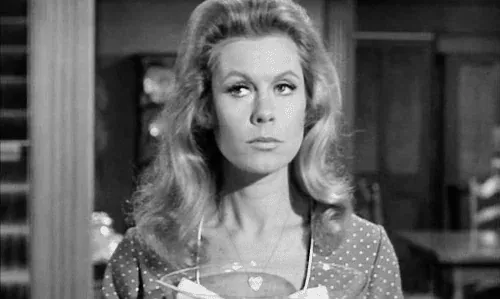🔥 The cocktail party effect every marketer should know.
Ever been in a crowded room and still manage to hear someone mention your name? That’s the Cocktail Party Effect in action—your brain’s ability to filter out irrelevant noise and focus on something personally significant.
This phenomenon is more than a party trick. As Richard Shotton, author of The Choice Factory, explains, brands can use the Cocktail Party Effect to cut through a crowded marketplace and grab attention by making messaging feel personally relevant.
(think of your last boardwalk beach stroll.. if you're lucky enough to find a keychain with your name on it, you probably feel seen and special. That's the Cocktail Party Effect.)

What is the Cocktail Party Effect?
Basically, it’s our brain’s unique ability to hone in on details that matter to us. Whether it’s our name in a noisy room or a favorite topic, our brain is primed to pick up on what feels uniquely special to us. And it’s not just limited to conversations—it’s everywhere, from digital ads to social media posts.
Here’s how to shake up🍸 your brand:
1. Speak to your audience’s core identity
The more personally relevant the message, the stronger the reaction. Are you targeting a specific job role, interest, or value? Address it head-on. For example, if your brand serves marketers, try opening with “As a marketer, you know…” to create an instant personal connection.
2. Use hyper-relevant language
Avoid generic language and get specific. Instead of “our customers,” refer to a particular group—“busy founders,” “early-career marketers,” or “tech leaders.” The more targeted your language, the more it feels like a direct message to your audience.
3. Create micro-campaigns for different segments
The Cocktail Party Effect works best when people feel singled out. Build micro-campaigns that speak to each segment’s unique challenges and interests. This could mean tailoring messages for different customer profiles or crafting content around their specific needs.
4. Include self-referential cues
Subtly incorporate cues that make people think about themselves. For instance, using second-person pronouns like “you” or “your” can have a powerful impact, helping each reader feel as if the message is just for them.
Real-Life Examples of the Cocktail Party Effect in Branding
- Spotify Wrapped: Spotify leverages personal data to deliver hyper-personalized insights that feel custom-made for each user, sparking engagement and shares.
- Nike’s “You Can’t Stop Us” Campaign: By focusing on the pronoun “us,” Nike tapped into a collective identity, making viewers feel included and personally connected to the message.
- Coca-Cola’s “Share a Coke” Campaign: Coca-Cola replaced its iconic logo with people’s names on bottles, inviting customers to find and share a Coke with friends, family, or even themselves. By seeing their own name (or that of someone they know) on a product, customers were instantly drawn to it.
Get a custom newsletter!
Want me to write about something specific you need help with? Say less bestie. Fill out the form below and look out for future issues written just for you. If you want something more specific, just reply to this email and lmk!
Hot jobs
- Marketing Manager Syracuse University
- Public Sector Campaign Strategy - Senior Manager Verizon
- Marketing & Sales Analyst Quench USA
- CRM Manager, Mobile Alterra Mountain Company
- Paid Media Manager & 1 other True North Custom
- Marketing Designer Hard Rock Digital
- Director of Marketing Xurrent
- Brand Marketing Manager State of Colorado
- Events and Partnerships Brand Manager Lagunitas Brewing Company
- Marketing & Events Coordinator Audit Board
- Marketing Content Manager Providence Medical Technology, Inc.
- Demand Marketing Lead, Revenue Marketing Shopify
- Director of Sales and Marketing Classical Academic Press
- Senior Engagement Strategist Area 23
- Marketing Specialist Lennar
- Digital Publishing / Media Specialist COMAP
- Reporter 9fin
Did someone forward you this email and want your own? Subscribe here.